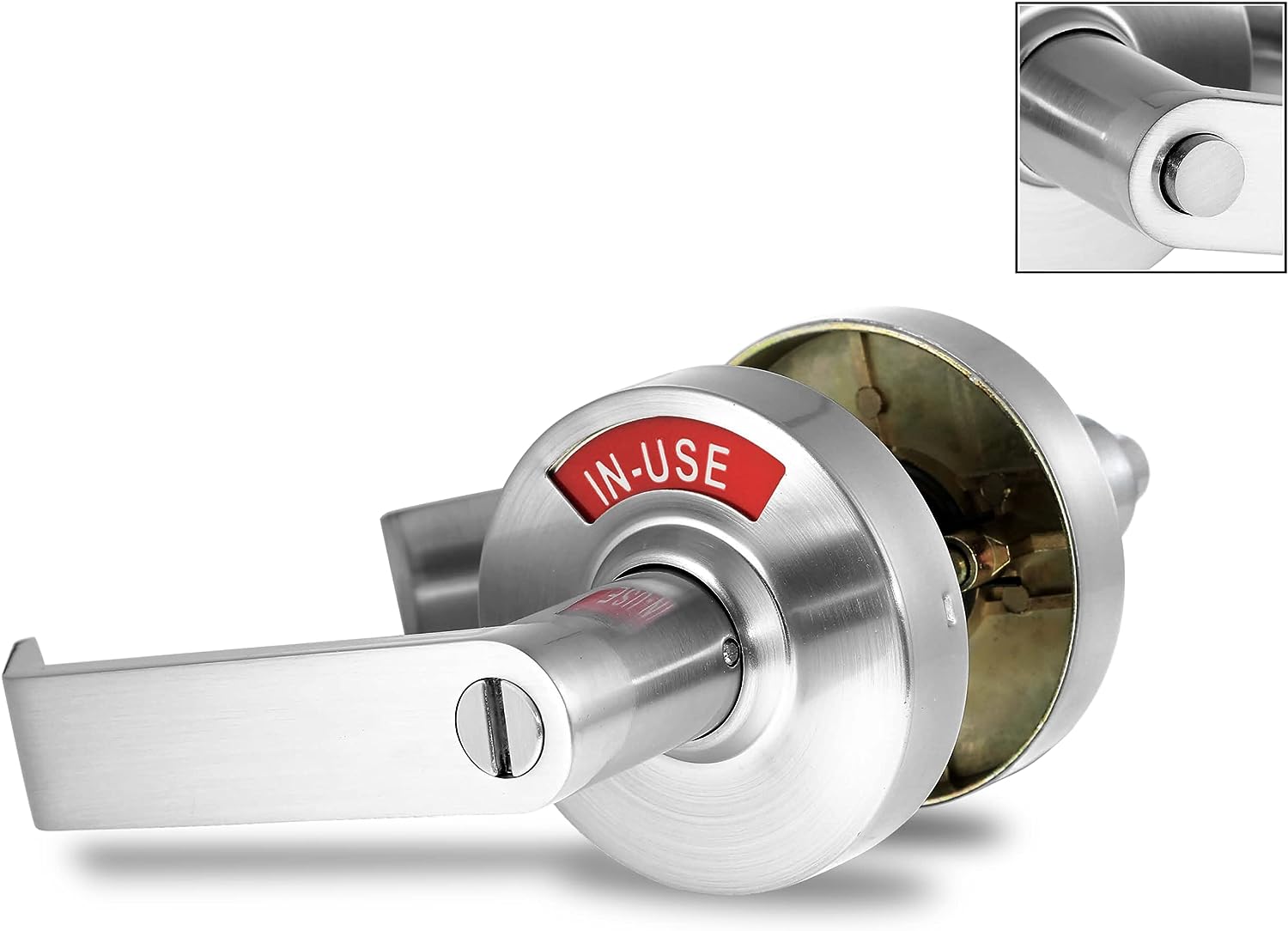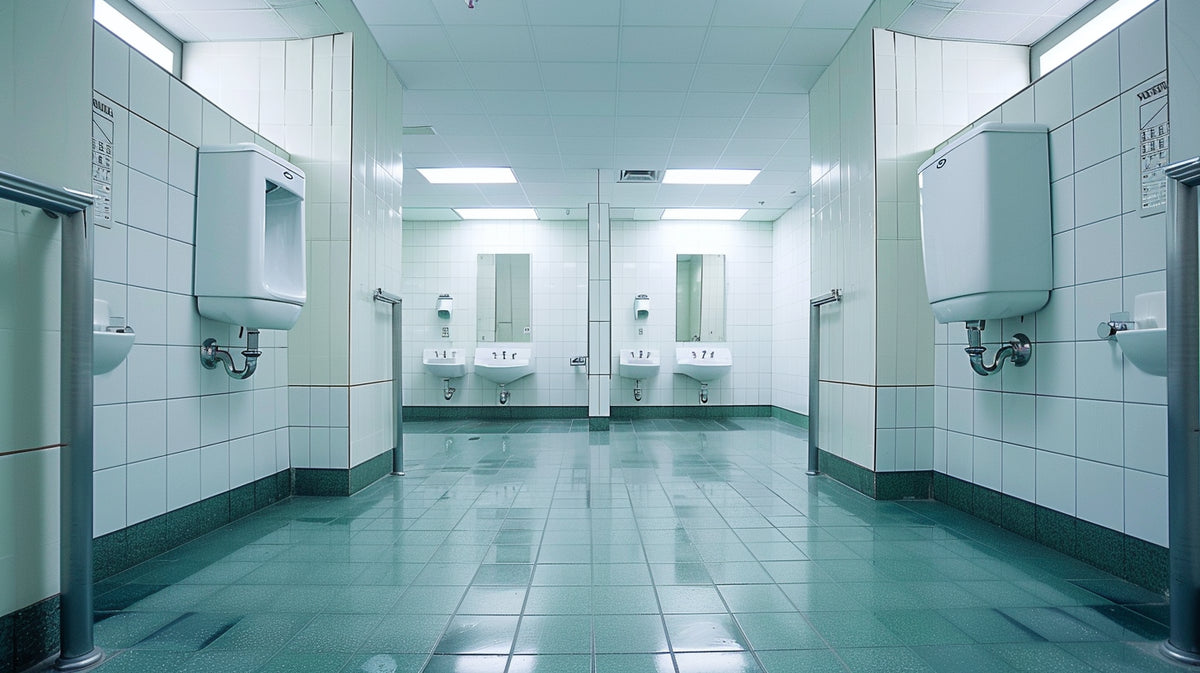
For restaurant owners, operators, and property managers, understanding and preparing for restaurant inspections is crucial to ensuring the safety and success of their establishments. These inspections are more than just a regulatory hurdle; they are an opportunity to showcase the commitment to health standards and customer safety that lies at the heart of the restaurant industry. From the moment the doors open, the specter of an inspection looms as both a challenge and a checkpoint, ensuring that businesses not only comply with local health codes but also strive for excellence in every aspect of their operation.
Navigating the complexities of restaurant inspections requires a deep understanding of what inspectors look for, the types of inspections you might face, and how best to prepare for them. Beyond mere compliance, a successful inspection reflects a restaurant’s dedication to quality, cleanliness, and safety, reinforcing its reputation among patrons and within the community. This article aims to demystify the inspection process, offering valuable insights and practical advice on how to prepare for and excel in your next restaurant inspection, turning this regulatory requirement into a cornerstone of your restaurant's success story.
Types of Restaurant Inspections
Understanding the different types of restaurant inspections is crucial for operators and managers in preparing their establishments to meet and exceed health and safety standards. These inspections ensure public health by enforcing regulations designed to prevent foodborne illnesses and ensure clean, safe dining environments. Here’s a look at the primary types of restaurant inspections:
Routine Inspections
The primary goal of routine inspections is to ensure ongoing compliance with local health codes and regulations. These inspections are scheduled in advance, giving restaurant owners and operators time to prepare, though the exact timing might not be disclosed. Routine inspections are mandated by local and state health departments, based on standards set forth by federal entities such as the Food and Drug Administration (FDA) and the Centers for Disease Control and Prevention (CDC). The frequency and specifics of these inspections can vary by jurisdiction but are generally conducted one to two times a year. Compliance rates can serve as a public metric of a restaurant's adherence to health and safety standards.
Complaint-driven Inspections
These inspections are triggered by complaints from customers or employees concerning food safety, cleanliness, or other health-related issues. The goal is to investigate specific claims and address any violations to prevent potential health risks. Local health departments oversee complaint-driven inspections, acting upon received reports in a timely manner to investigate and rectify reported issues. The legal framework allows for immediate action to protect public health based on credible complaints. Establishments with higher visibility or those in densely populated areas may see more frequent complaints, highlighting the importance of maintaining high standards to avoid potential issues.
Follow-up Inspections
Follow-up inspections aim to verify that previously cited violations during either routine or complaint-driven inspections have been corrected. These are critical in ensuring that restaurants take necessary corrective actions to comply with health standards. Health departments schedule these follow-ups based on the severity of the initial findings and the estimated time required for corrective measures. Success rates in follow-up inspections are generally high, as failure to comply can result in fines, temporary closures, or even permanent shutdowns. These inspections underscore the importance of immediate action and compliance by restaurant management.
Key Areas of Focus

Kitchen Cleanliness and Sanitation
Ensuring a pristine kitchen environment extends beyond surface cleaning. Inspectors look for systematic cleaning processes that cover hard-to-reach areas, the use of appropriate sanitizing agents, and adherence to a cleaning schedule. Ventilation systems, grease traps, and the condition of cutting boards and knives are scrutinized to prevent contamination and ensure a hygienic food preparation environment.
Food Storage and Preparation Practices
Effective food storage and preparation are critical to preventing foodborne illnesses. This includes using designated storage areas for different types of food (e.g., separate shelves for raw meats and vegetables) and employing proper thawing techniques. Cooking stations should be organized to keep raw and cooked foods separate, and temperature logs should be maintained for all cooking, holding, and cooling phases of food preparation.
Employee Hygiene and Training
Inspectors evaluate whether employees are following personal hygiene protocols, including proper uniform cleanliness, hair restraints, and the absence of jewelry that could contaminate food. Training programs should cover the latest in food safety protocols, emergency procedures, and special considerations for allergen management. Documentation of training sessions and employee health policies is often reviewed.
Pest Control Measures
A comprehensive pest management strategy is vital. This includes securing potential entry points, storing food off the floor and in sealed containers, and managing waste effectively. Inspectors may also review pest control service reports and any actions taken in response to past infestations to ensure problems are being addressed proactively.
Facility Maintenance and Safety
The physical condition of the restaurant is a reflection of its overall commitment to safety and hygiene. This encompasses everything from the structural integrity of the building to the functionality of fire suppression systems and proper lighting in all areas. Emergency exits must be clearly marked and unobstructed, and all safety equipment should be easily accessible and in good working order.
ADA Compliance
ADA compliance is increasingly becoming a focus area during inspections, ensuring that restaurants are accessible to all patrons, regardless of physical abilities. Key considerations include:
- Accessible Entryways: Doors, entrances, and pathways must accommodate wheelchairs, with ramps where necessary.
- Adequate Seating Arrangements: Tables and seating must allow for wheelchair access and seating.
- Restroom Accessibility: Restrooms should be equipped with features such as grab bars, accessible sinks, and sufficient maneuvering space for wheelchairs.
- Clear Signage: Signage indicating accessible features and directions should be clearly visible.
- ADA Restroom Door Locks: Door locks in accessible restrooms should be easy to operate by individuals with limited hand strength and should not require tight grasping or twisting to lock or unlock. ADA-compliant locks often feature lever handles or push/pull mechanisms that can be operated with a closed fist, enhancing privacy and independence for users with disabilities. The installation height of locks and handles must also meet ADA requirements to be within reach of individuals in wheelchairs.
Incorporating ADA-compliant features, especially in restrooms, signals to all customers that their comfort and dignity are prioritized. By addressing these key areas with diligence and care, restaurant owners and operators can create an inclusive environment that welcomes a diverse clientele, enriches the dining experience, and upholds the highest standards of health, safety, and accessibility.
Restaurant Inspections Preparation Checklist

Preparing for a restaurant inspection can be a daunting task, but with a structured approach, you can ensure your establishment not only passes inspections but also upholds the highest standards of safety and hygiene. Here’s a comprehensive checklist to help you prepare:
Daily Operations
- Sanitize all surfaces: Regularly clean and sanitize kitchen surfaces, equipment, and utensils.
- Maintain proper food storage: Ensure foods are stored at correct temperatures and locations, using airtight containers where necessary.
- Monitor food temperatures: Keep accurate logs of food temperatures during storage, cooking, and holding.
- Implement pest control measures: Regularly inspect premises for signs of pests, and maintain a clean, clutter-free environment to deter infestation.
Employee Training and Hygiene
- Conduct regular training sessions: Cover essential food safety practices, emergency procedures, and customer service standards.
- Enforce personal hygiene: Ensure all staff understand and follow hygiene practices, including handwashing and proper uniform protocols.
- Document training and health policies: Keep records of all training sessions and health policy acknowledgements by staff.
Facility Maintenance and Safety
- Inspect and repair facilities: Regularly check and maintain the structural integrity of the building, including lighting, plumbing, and electrical systems.
- Verify safety equipment: Ensure fire extinguishers, first-aid kits, and emergency exits are accessible and in working order.
- Maintain cleanliness in restrooms: Implement a rigorous cleaning schedule for restrooms, ensuring they are stocked and functional.
ADA Compliance and Accessibility
- Audit accessibility features: Check that entryways, pathways, and seating accommodate wheelchair access.
- Review restroom facilities: Ensure restrooms are equipped with ADA-compliant locks, grab bars, and sufficient space for maneuvering.
- Train staff on ADA guidelines: Educate your team on ADA compliance and how to assist guests with special needs.
Documentation and Records
- Organize health and safety logs: Compile temperature logs, cleaning schedules, and pest control records for easy access during inspections.
- Prepare licensing and permits: Have all necessary licenses, permits, and inspection reports available and up-to-date.
Pre-Inspection Review
- Conduct a self-inspection: Use a checklist based on your local health department’s guidelines to conduct a thorough review.
- Address potential issues: Prioritize and address any areas that do not meet standards before the inspection.
By adhering to this checklist, restaurant owners and operators can establish a proactive approach to health and safety, ensuring their establishments not only pass inspections but also provide a safe, welcoming environment for all patrons.
5 Tips What to Do During the Restaurant Inspection
Facing a restaurant inspection can be stressful, but a positive and prepared approach can significantly influence the outcome. Here are five essential tips to help navigate the inspection process effectively:
1. Be Prepared and Cooperative
- Proactive Engagement: Demonstrate your commitment to health and safety by asking the inspector if there are new regulations or changes you should be aware of. This not only shows initiative but can also provide you with valuable insights to improve your operations.
- Open Communication: Establish clear communication from the start. Let the inspector know you are available to answer any questions and provide necessary documentation. This builds trust and facilitates a smoother inspection process.
2. Accompany the Inspector
- Active Participation: By walking with the inspector, you have the chance to see your operation through their eyes. This can be invaluable in understanding the regulatory perspective and identifying areas for improvement you might not have considered.
- Educational Opportunity: Use this time as a learning experience. Inspectors often have extensive knowledge of best practices and can offer advice on how to address complex issues related to food safety and sanitation.
3. Take Detailed Notes
- Comprehensive Record-Keeping: Detailed notes will not only help you remember the inspector's feedback but also provide a reference for training staff and making adjustments. This documentation is crucial for ensuring that all concerns are addressed before the next inspection.
- Actionable Items: Convert notes into action items. This proactive approach shows the inspector that you are serious about compliance and dedicated to maintaining high standards of operation.
4. Address Minor Issues Immediately
- Demonstrate Responsiveness: Quick fixes during an inspection not only rectify issues but also demonstrate to the inspector your commitment to maintaining a safe and compliant environment. This responsiveness can positively influence the overall outcome.
- Immediate Improvement: Each corrected issue is one less mark on your report. This immediate action can help turn potential negatives into positives, showcasing your dedication to continuous improvement.
5. Discuss the Next Steps
- Clarify Expectations: Understanding exactly what is expected of you in terms of corrective actions is critical. If specific steps or measures are recommended by the inspector, make sure you understand them fully to ensure compliance.
- Follow-Up Procedures: Ask about the process for confirming that violations have been addressed. Knowing whether you’ll need to submit documentation or if a follow-up inspection will be scheduled helps you plan accordingly and avoid further issues.
By enhancing your approach to each of these tips, you're not just preparing for an inspection; you're taking significant steps toward ensuring your restaurant operates at its best at all times. This commitment to excellence not only helps you navigate inspections successfully but also builds a solid foundation for your business's reputation and customer trust.



